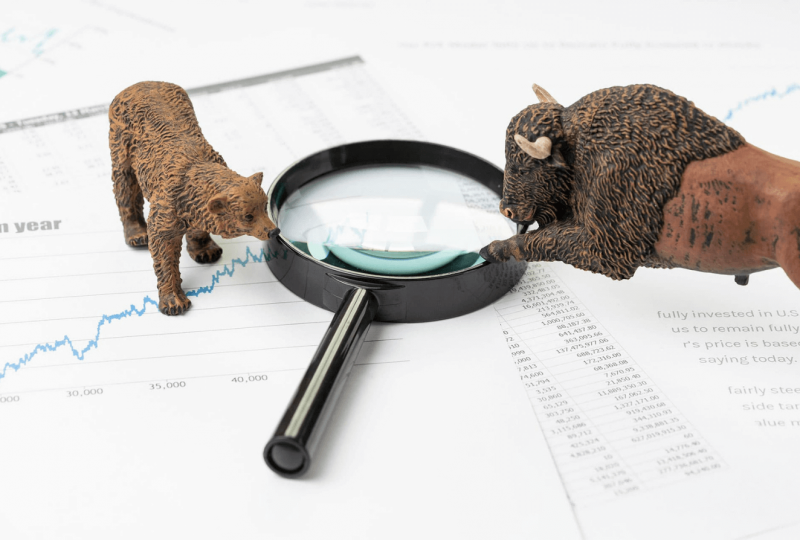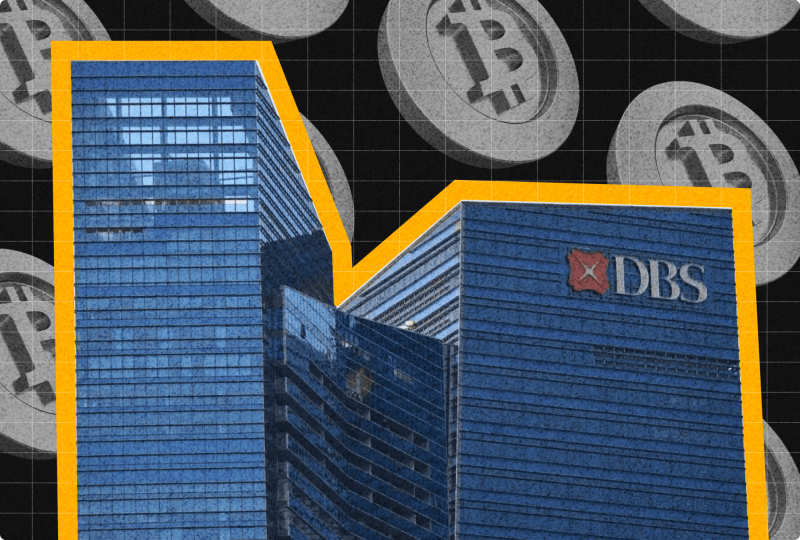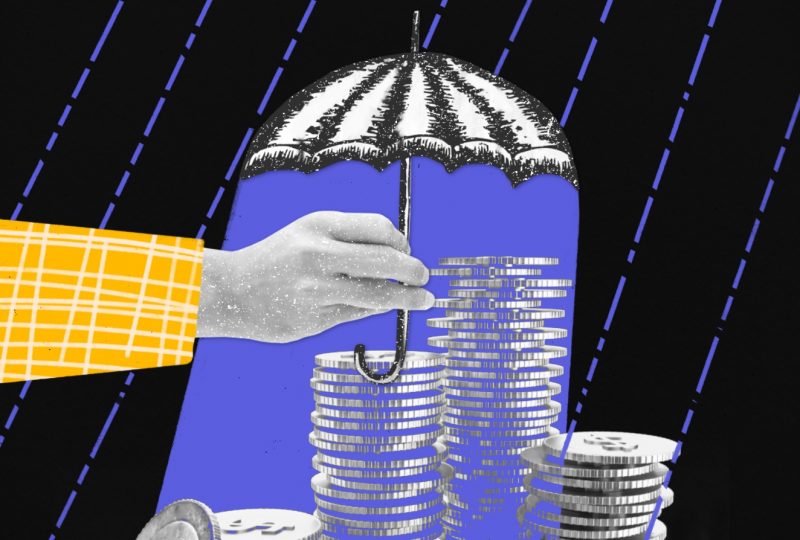Tech Stocks Get a Bear-Market Scare. 5 Things to Know Now.
Feb 26, 2022

On Thursday, when Russian armies poured across the border into Ukraine, the technology sector momentarily entered a bear market. Both the Nasdaq 100 and the Nasdaq Composite dropped further that morning, bringing their overall losses from their November high to more than 20%. It was the first time a dip of such size occurred since March 2020, when the epidemic began.
Later that day, the stock market produced a stunning comeback. However, I have my doubts that we have seen the last of the bear.
In 2020, the sharp, brief bear market proved to be an incredible purchasing opportunity, as the Federal Reserve and other central banks flooded the market with liquidity and interest rates virtually fell to zero. As a result, high-growth technology stocks reached stratospheric heights.
That was in the past, but this is the present. The Fed is preparing to close the money supply, signaling multiple rate hikes in 2022. The fear is that we are becoming too overheated. However, it's not difficult to see why the bears lost their grip on Thursday, allowing cash to stream in.
For one thing, the 20% tech bear market understates the extent of the damage. Cathie Wood's ARK Innovation exchange-traded fund (ARKK) is an excellent barometer of the state of high-growth technology. By early Thursday, the fund had fallen 45 percent from November's all-time highs. That is an incredible collapse: The 1987 stock market meltdown resulted in a 36 percent fall in the Dow industrials from peak to trough.
75 of the 100 largest publicly-traded companies in the United States with a market capitalization greater than $5 billion are down 40% or more since the market high, including some of the epidemic period's biggest winners. Roblox (RBLX), the online gaming platform, has lost 63% of its value since the market peak, despite being an early leader in the emerging metaverse trend. Shopify's (SHOP) stock has fallen 60% from its top, on worries about growth as more buyers return to physical shops.
While the market's rapid fluctuations may appear perplexing, they are more rational than you believe. Consider the following key points:
The Stock Market Is Unconcerned With Ukraine
That appears callous in light of the death and damage caused by Vladimir Putin's soldiers. However, Dan Niles, head of the Satori Fund, a technology-focused hedge fund, notes out that when Russia invaded Crimea in 2014 and Georgia in 2008, the market mostly overlooked both incidents. And he believes that the present confrontation will be no different. Neither economy is large enough to have a significant impact on the outlook of the ordinary business.
According to one trader, the invasion-day rise in software, in particular, makes sense. "Institutional investors are concentrating their efforts on software names due to their growth, quality, value reduction, and lack of exposure to commodity costs," he wrote in an email. "Will an invasion of Ukraine and sanctions against Russia deter firms from digitizing their operations? And it will undoubtedly compel them to increase their spending on cybersecurity."
The Chip Industry's Risks Apparent to Be Exaggerated
Russia and Ukraine provide gasses and other raw materials for semiconductor manufacturing. Ukraine, for example, supplies the majority of the neon used in chip manufacturing. Citigroup analyst Atif Malik, on the other hand, does not anticipate any significant disruptions in the semiconductor supply chain. My investigations with Intel (INTC), Micron Technology (MU), and GlobalFoundries (GFS) reveal that all three companies have made headway on storing and sourcing critical commodities. Meanwhile, Russia is less than 0.1 percent of worldwide semiconductors purchases, according to the Semiconductor Industry Association. Are you the proud owner of a Russian computer, smartphone, television, or electric vehicle? I didn't think so.
Cybersecurity Stocks Will Continue to Rally
It's unsurprising to see security-software stocks rising. Palo Alto Networks (PANW) and CrowdStrike Holdings (CRWD) both increased by more than 14% on Thursday. According to Needham analyst Alex Henderson, there has been no proof of cyberattacks on the United States or Europe thus far, but the Russians have made threats. What is evident, Henderson continues, is that we are "entering a new, much more hostile environment, in which both businesses and governments confront new challenges and heightened risks."
Taiwan Is Something to Be Concerned About
As I previously stated, Taiwan produces around 70% of the world's chips. Recent reports indicate a rise in Chinese warplane intrusions into Taiwanese airspace. Taiwan Semiconductor Manufacturing's (TSM) shares fell this week on concerns that the world's largest contract chipmaker might be destroyed by China's attempt to seize the island while we are preoccupied with Ukraine. These similar concerns fueled advances in other chipmakers' equities, including Intel and GlobalFoundries.
The Bear Is Simply Taking a Nap
Niles of Satori Fund reminds us that during the 2007-09 crisis, there were 11 rallies of 10% or more — and 12 losses of at least 15% apiece. Niles has been trading the rally; he bought one Russian stock listed in the United States at the open and sold it at the close for a 10% gain. However, he adds, "this is far from finished." The market will eventually focus on increasing interest rates. His counsel? Garner cash.




